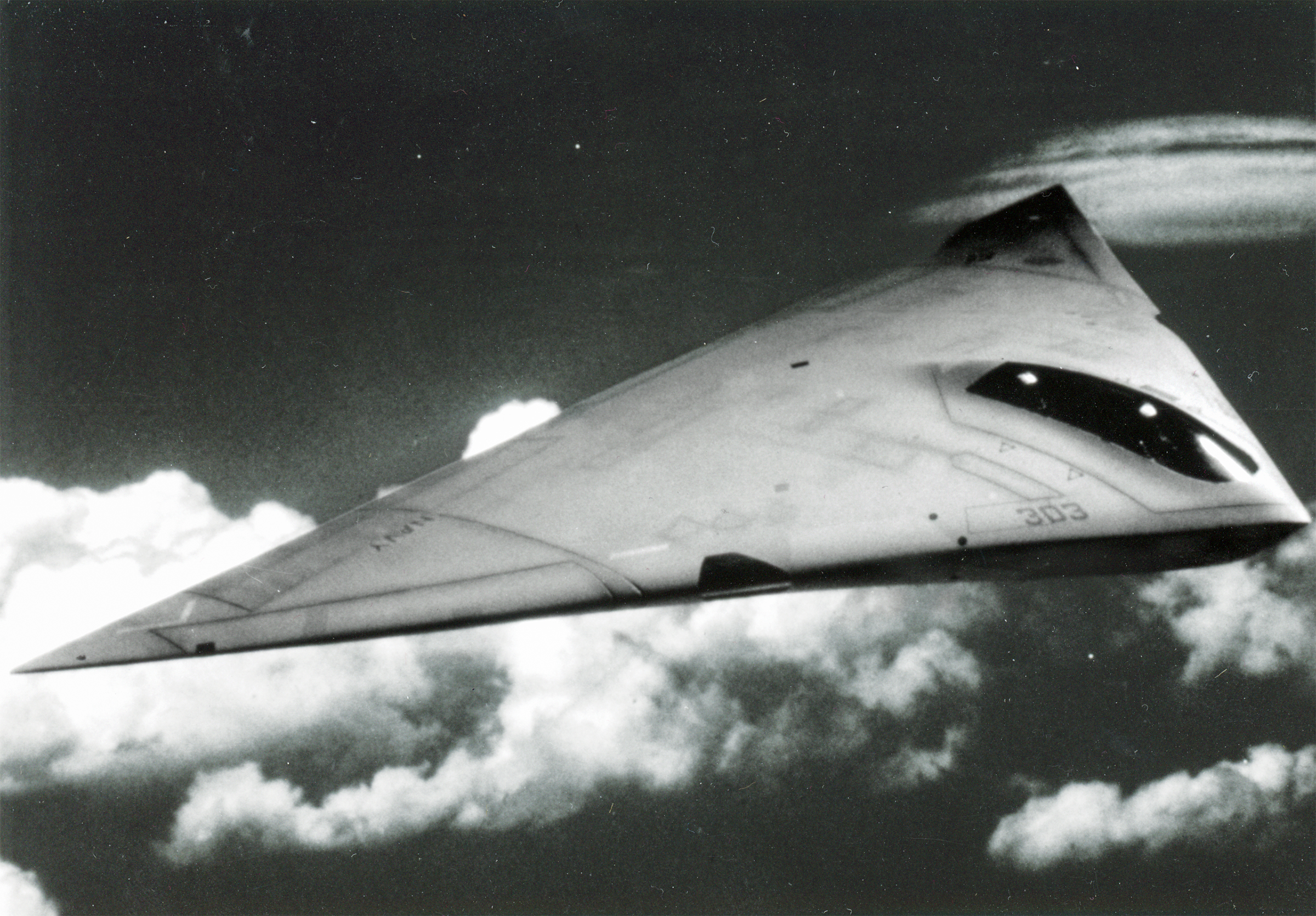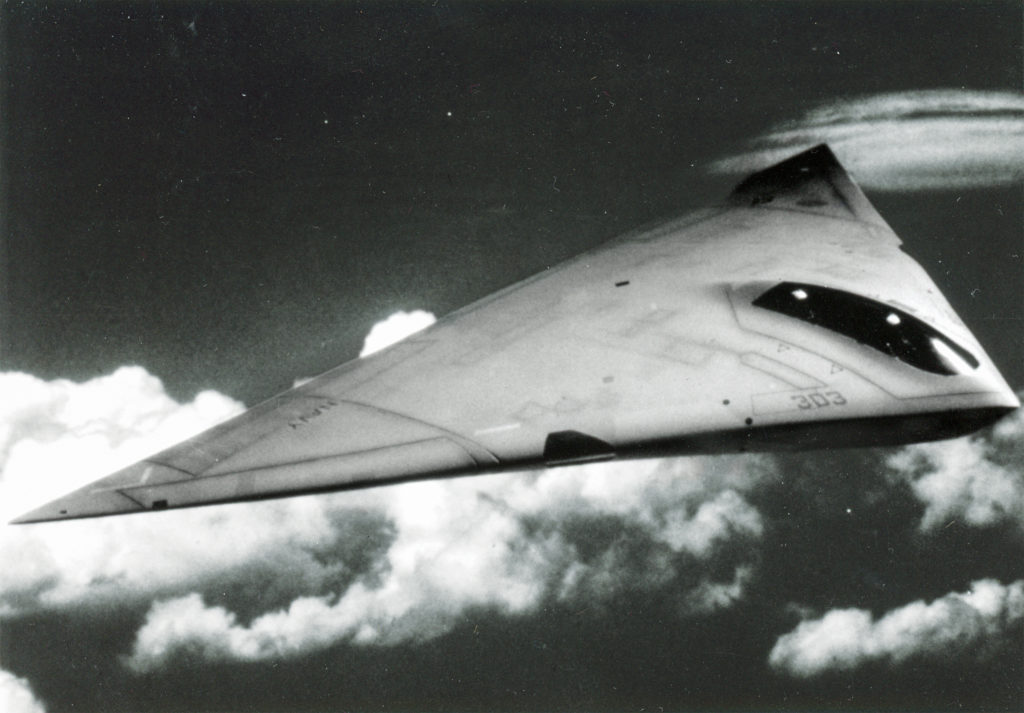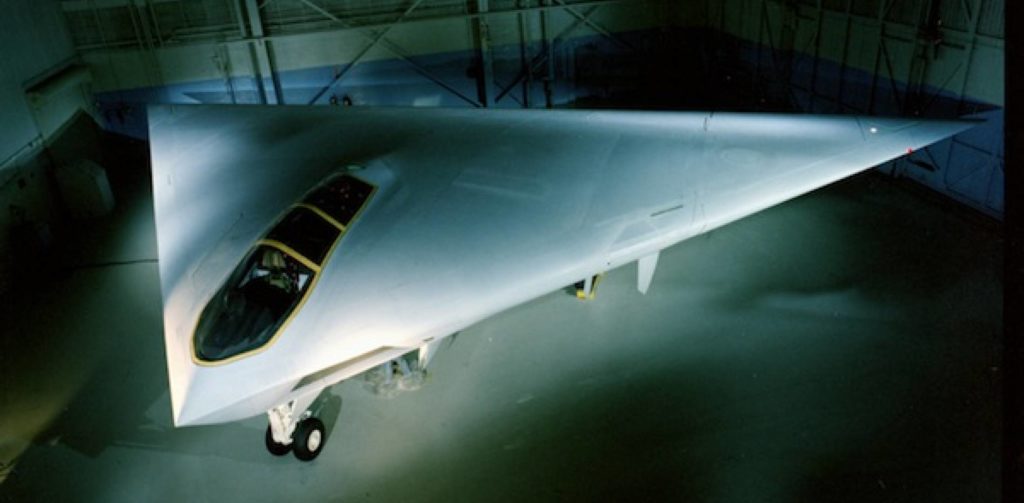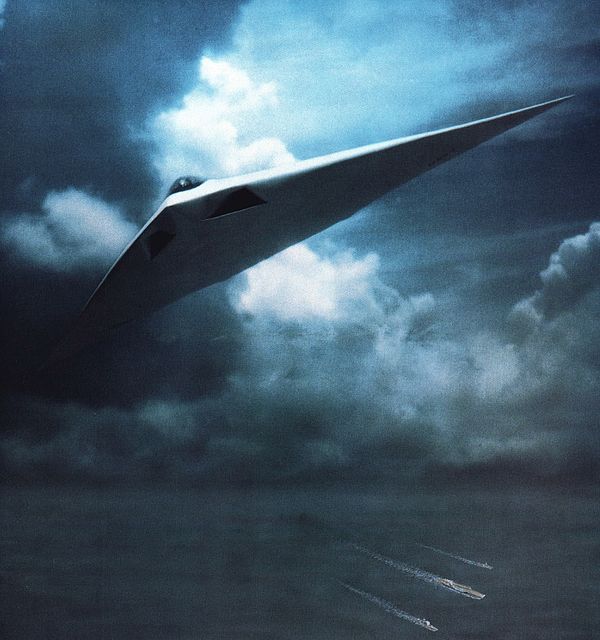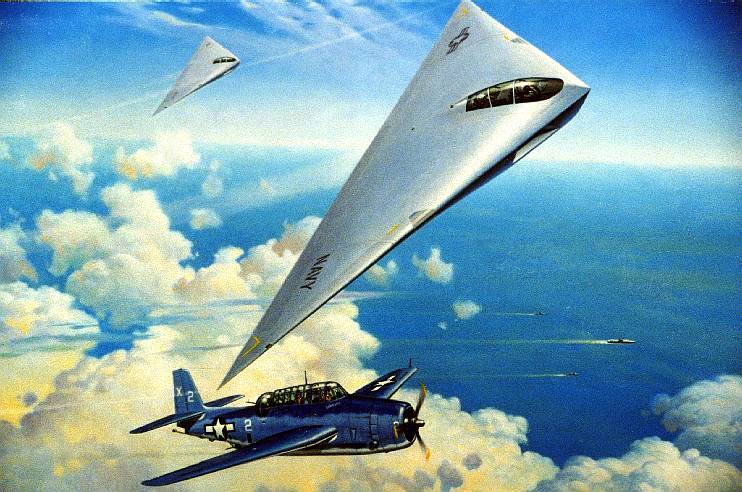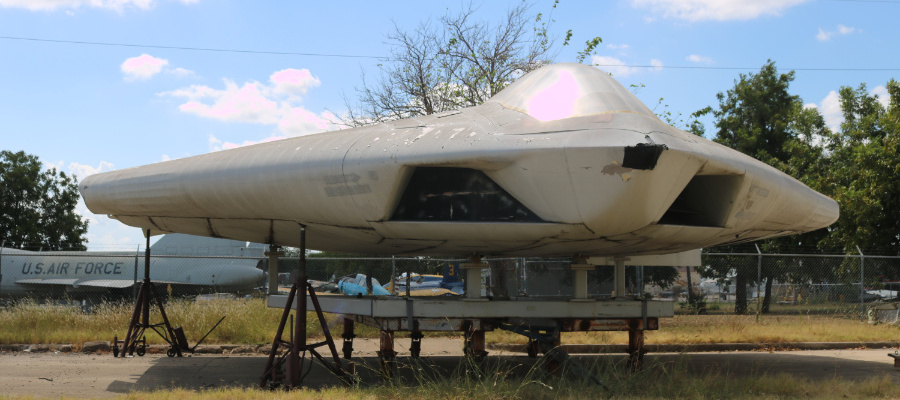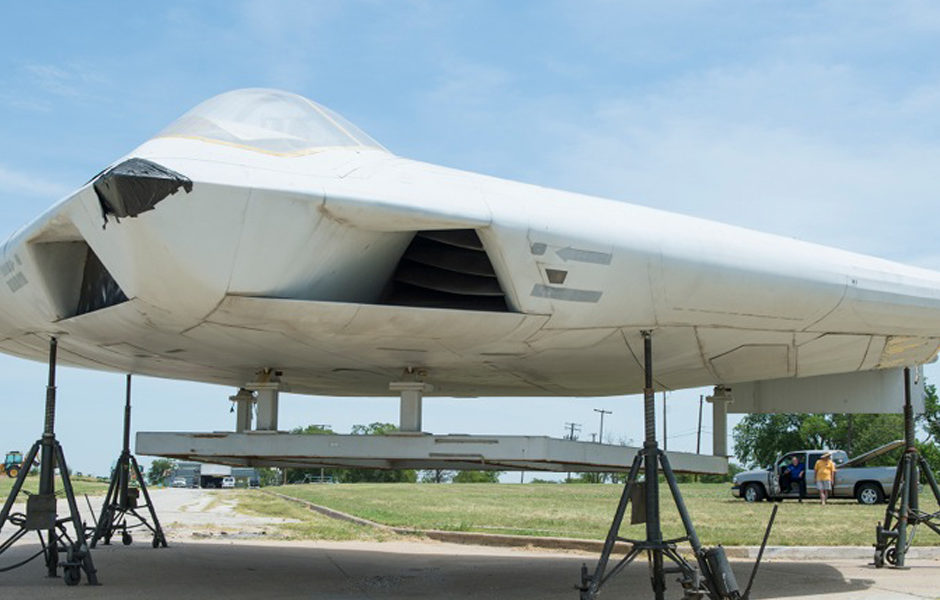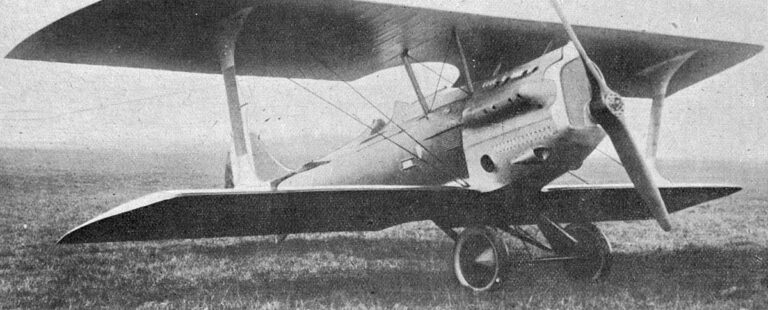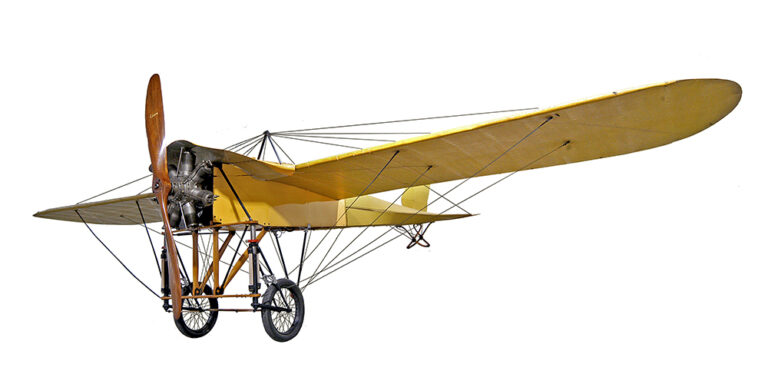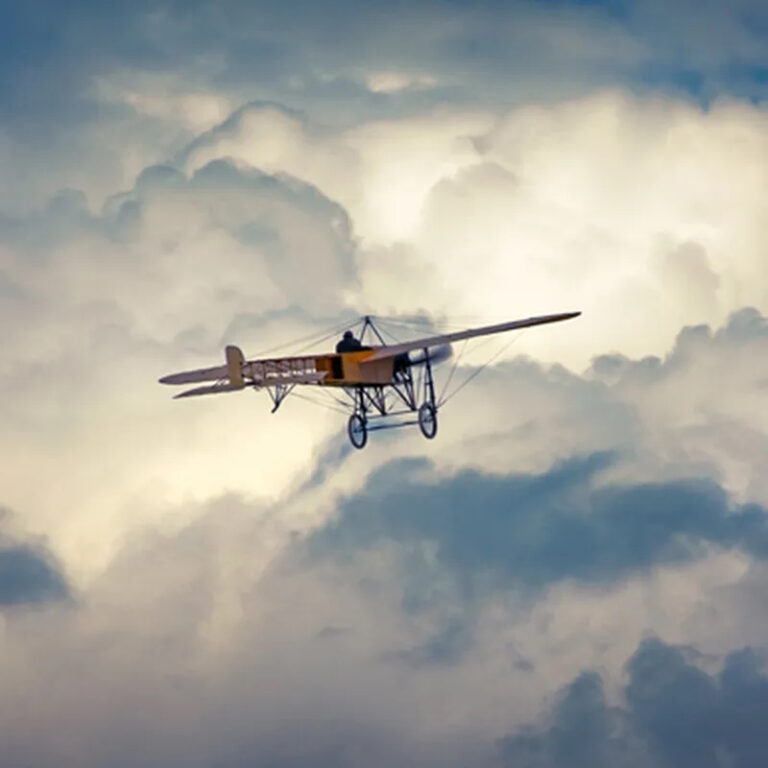Views: 4
Information
The McDonnell Douglas/General Dynamics A-12 Avenger II was a proposed American attack aircraft from McDonnell Douglas and General Dynamics. It was to be an all-weather, carrier-based stealth bomber replacement for the Grumman A-6 Intruder in the United States Navy and Marine Corps. Its Avenger II name was taken from the Grumman TBF Avenger of World War II.
The development of the A-12 was troubled by cost overruns and several delays, causing questions of the program’s ability to deliver upon its objectives; these doubts led to the development program’s cancellation in 1991. The manner of its cancellation was contested through litigation until a settlement was reached in January 2014.
Design and development
ATA program
The United States Navy began the Advanced Tactical Aircraft (ATA) program in 1983. The program was to develop and field a replacement for the A-6 Intruder by 1994. Stealth technology developed for the United States Air Force would be used heavily in the program. Concept design contracts were awarded to the industry teams of McDonnell Douglas/General Dynamics, and Northrop/Grumman/Vought in November 1984. The teams were awarded contracts for further concept development in 1986.
The McDonnell Douglas/General Dynamics team was selected as the winner on 13 January 1988; the rival team led by Grumman surprisingly failed to submit a final bid. The McDonnell Douglas/General Dynamics team was awarded a development contract and the ATA aircraft was designated A-12. The first flight was initially planned for December 1990. The A-12 was named Avenger II in homage to the World War II-era Navy torpedo-bomber Grumman TBF Avenger.
The Navy initially sought to buy 620 A-12s and Marines wanted 238. In addition, the Air Force briefly considered ordering some 400 of an A-12 derivative. The A-12 was promoted as a possible replacement for the Air Force’s General Dynamics F-111 Aardvark, and for the United Kingdom’s Panavia Tornado fighter-bombers. The craft was a flying wing design in the shape of an isosceles triangle, with the cockpit situated near the apex of the triangle. The A-12 gained the nickname “Flying Dorito”.
The aircraft was to be powered by two General Electric F412-D5F2 turbofan engines, each producing about 13,000 pounds-force (58 kN) of thrust. It was designed to carry precision guided weapons internally, up to two AIM-120 AMRAAM air-to-air missiles, two AGM-88 HARM air-to-ground missiles and a complement of air-to-ground ordnance, including unguided or precision-guided bombs, could be carried in an internal weapons bay. It has been claimed that the A-12 was to be capable of delivering nuclear weapons held in its internal weapons bay as well. The A-12 was to have a weapons load of 5,160 pounds (2,300 kg).
Beginning in early 1990 McDonnell Douglas and General Dynamics revealed delays and projected cost increases. Due to complications with the composite materials, aircraft weight had increased to 30% over design specification. This was unwelcome for an airplane that needed to operate efficiently and effectively from an aircraft carrier. Technical difficulties with the complexity of the radar system to be used also caused costs to increase; by one estimate the A-12 was to consume up to 70% of the Navy’s budget for aircraft. After delays, its critical design review was successfully completed in October 1990 and the maiden flight was rescheduled to early 1992. In December 1990 plans were made for 14 Navy aircraft carriers to be equipped with a wing of 20 A-12s each.
A government report released in November 1990 documented serious problems with the A-12 development program. In December 1990 Secretary of Defense Dick Cheney told the Navy to justify the program and deliver reasons why it should not be canceled. The response given by the Navy and the contractors failed to persuade the Secretary of Defense, as he canceled the program in the following month, on 7 January 1991, for breach of contract.
The government felt the contractors could not complete the program and instructed them to repay most of the $2 billion that had been spent on A-12 development. McDonnell Douglas and General Dynamics disputed this in Federal Claims court. The reasons and causes for the cancellation have been debated and remain an issue of controversy, with suggestions of political expediency and scheming to be behind the action.
Aftermath
After the cancellation of the A-12, the Navy elected to purchase the F/A-18E/F Super Hornet, which went on to replace the A-6 Intruder and the F-14 Tomcat. The Super Hornet uses the General Electric F414 turbofan engine, which is a modified variant of the upgraded F404 version developed for the A-12. The full-size A-12 mockup was revealed to the public at the Naval Air Station Joint Reserve Base Fort Worth in June 1996. The cancellation of the A-12 is seen as one of the major losses in the 1990s that weakened McDonnell Douglas and led to its merger with rival Boeing in 1997. After years of being in storage at the Lockheed Martin Aeronautics (formerly General Dynamics) facility in Fort Worth, Texas, the mockup was transported to Veterans Memorial Air Park adjacent to Meacham Airport in north Fort Worth in June 2013. (The park was later renamed Fort Worth Aviation Museum.)
The manner in which the program was canceled led to years of litigation between the contractors and the Department of Defense over breach of contract. On 1 June 2009, the U.S. Court of Appeals for the Federal Circuit ruled that the U.S. Navy was justified in canceling the contract. The ruling also required the two contractors to repay the U.S. government US$1.35 billion, plus interest charges of US$1.45 billion. Boeing, which had merged with McDonnell Douglas, and General Dynamics vowed to appeal the ruling. In September 2010, the U.S. Supreme Court said it would hear the two companies’ arguments, that the government canceled the project improperly and that the use of a state secrets claim by the U.S. prevented them from mounting an effective defense. In May 2011, the Supreme Court set aside the Appeals Court decision and returned the case to federal circuit court. In January 2014, the case was settled with Boeing and General Dynamics agreeing to pay $200 million each to the U.S. Navy.
The Lockheed Martin F-35 Lightning II, a carrier-capable fighter featuring stealth technology and oriented toward ground-attack operations, is in effect a successor to the A-12 in both role and industrial origins.
Specifications (A-12 Avenger II)
General characteristics
- Crew: 2
- Length: 37 ft 10 in (11.53 m)
- Wingspan: 70 ft 3 in (21.41 m)
- Width: 36 ft 3 in (11.05 m) wings folded
- Height: 11 ft 3 in (3.43 m)
- Wing area: 1,308 sq ft (121.5 m2)
- Empty weight: 39,000 lb (17,690 kg)
- Max takeoff weight: 80,000 lb (36,287 kg)
- Fuel capacity: 21,322 pounds (9,700 kg) (internal)
- Powerplant: 2 × General Electric F412-GE-D5F2 turbofan engines, 13,000 lbf (58 kN) thrust each
Performance
- Maximum speed: 500 kn (580 mph, 930 km/h)
- Range: 800 nmi (920 mi, 1,500 km)
- Service ceiling: 40,000 ft (12,000 m)
- Rate of climb: 5,000 ft/min (25 m/s)
- Wing loading: 61 lb/sq ft (300 kg/m2)
- Thrust/weight: 0.325
Armament
- Payload capability: 5,160 pounds (2,300 kg) in internal weapons bay including:
- 2× AIM-120 AMRAAM air-to-air missiles
- 2× AGM-88 HARM air-to-ground missiles
- Unguided or precision-guided bombs
Reference
https://en.wikipedia.org/wiki/McDonnell_Douglas_A-12_Avenger_II

